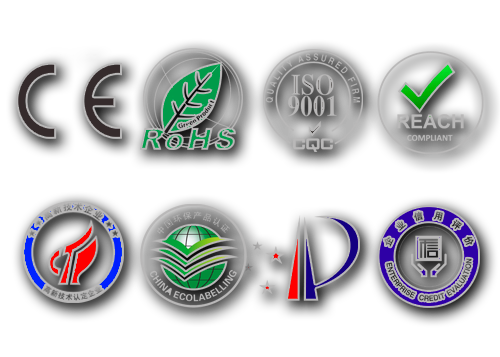The application effect of different types of HEPA exhaust units in different industries
The application effect of different types of HEPA exhaust units in different industriesCentrifugal HEPA exhaust unitIndustrial field: In the chemical industry, such as the production of high concentrations of toxic and harmful gases in the workshop, the centrifugal HEPA exhaust unit with its high wind pressure, can overcome the resistance of longer pipes and complex purification equipment, the exhaust gas is effectively discharged and transported to the purification device, to ensure that the air quality in the workshop is up to standard. In the electronic industrial chip manufacturing workshop, it can accurately control the air volume, maintain the micro-positive pressure environment in the workshop, prevent external pollutants from entering, and ensure the cleanliness of the chip production environment. Commercial field: In large shopping malls, centrifugal exhaust units can collect and discharge dirty air in various areas through reasonable layout of air ducts, achieve large area air replacement, keep the air fresh in the shopping mall, and improve customer shopping experience. In the office building, it can provide stable exhaust air for each office area, effectively discharge indoor carbon dioxide, odor, etc., and create a comfortable office environment. Axial flow efficient exhaust unit Industrial field: In large workshops in the machining industry, axial flow HEPA exhaust units have the characteristics of large air volume and easy installation, which can quickly discharge a large amount of metal dust and smoke generated by welding, cutting, and other processes, and quickly improve air quality in an open space environment. In the textile factory, due to the regular layout of the space in the workshop, the axial flow exhaust unit can be arranged vertically or horizontally along the workshop to efficiently discharge the flying flowers and hot and humid air generated during the textile process, ensure that the temperature and humidity in the workshop are appropriate, and reduce the product quality problems caused by air problems. In the field of agriculture: In the modern large-scale greenhouse, the axial flow exhaust unit can adjust the ventilation volume in time according to the changes in the temperature and humidity of the greenhouse, discharging the hot and humid air and harmful gases in the greenhouse, introduce fresh air, create good climatic conditions for the growth of crops, and promote the photosynthesis and respiration of crops. In large-scale farms, harmful gases such as ammonia and hydrogen sulfide produced by livestock and poultry can be quickly discharged as well as humid air, improving the breeding environment and reducing the incidence of disease in livestock and poultry. Roof-type HEPA exhaust unit Commercial field: For some supermarkets, warehouses shopping malls, and other buildings, rooftop HEPA exhaust units are installed on the roof, do not occupy indoor space, and can directly exhaust indoor dirty air to the outside, reducing air duct resistance. It can adapt to the demand of large exhaust air volume, effectively solve the problem of indoor air circulation, and keep the indoor air fresh. In the kitchen area of some hotels, the rooftop exhaust unit can directly discharge a large number of lampblack and steam generated by the kitchen, avoid the spread of lampblack in the room, and reduce the impact on other areas. Industrial field: In some factories that have high indoor space requirements and are not easy to arrange large exhaust equipment indoors, such as precision instrument manufacturing factories, rooftop HEPA exhaust units can achieve efficient exhaust without affecting the indoor production layout, maintain the clean indoor air, and reduce the interference of equipment noise to the production environment. In the food processing plant, the rooftop exhaust unit can discharge the odor and water vapor generated in the production process in time, prevent food from being contaminated, and ensure the quality and safety of food. |

 German
German French
French Italian
Italian Portuguese
Portuguese Japanese
Japanese Korrean
Korrean Russian
Russian




